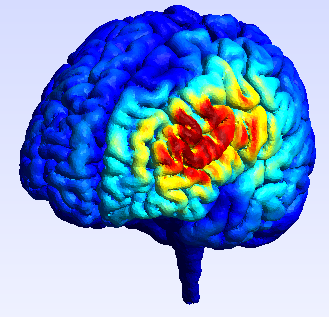

As part of a push to expand GPU computing capabilities to meet the needs of researchers working in AI and machine learning, Purdue Research Computing has added eight MI50 AMD GPUs and six MI60 AMD GPUs to the Bell community cluster – and they are already making a big impact on campus.
Tianfan Jin, a graduate student working with Brett Savoie, Charles Davidson Assistant Professor of Chemical Engineering, uses the new Bell GPU nodes with machine learning tools to predict and automatically interpret chemical reactions.
Since Jin’s work involves using very large datasets, the computation time required could be prohibitively long, taking days to accomplish what the Bell cluster can do in hours.
“With the help of the Bell GPUs, we can speed up this process and control the computational time to a reasonable range,” explains Jin. “Bell GPU nodes are a great resource.
Nahian Hasan, a graduate student working with Luis Gomez, assistant professor of computer and electrical engineering, assembles three-dimensional head models from MRI data, which can then be used to diagnose and treat neurological diseases with non-invasive electromagnetic stimulation techniques.

Electric field distribution in Transcranial Magnetic Stimulation.
Image courtesy of Nahian Hassan.
Constructing these models is computationally intensive and requires a great deal of processing power and memory. Using multiple Bell GPU nodes, Hasan has assembled over 6,000 models, something that would be impossible to achieve on a personal computer where building each model takes at least 24 hours. Bell GPU nodes are fair-shared among all Bell partners. There is no additional cost to researchers to use them.
Purdue Research Computing has deployed a collection of AMD GPU-optimized compilers and libraries (the ROCm ecosystem), as well as several AMD GPU-optimized software containers, to extend cluster capabilities and enable powerful software and deliver the fastest results. Containerized applications run quickly and reliably in the high-performance computing environment with the full support of AMD GPUs, enabling researchers to speed up their time to science. More details are available in the Bell user guide.
To learn more about the new Bell GPUs or other Research Computing resources, contact rcac-help@purdue.edu.
Writer: Adrienne Miller, science and technology writer, Research Computing, mill2027@purdue.edu.